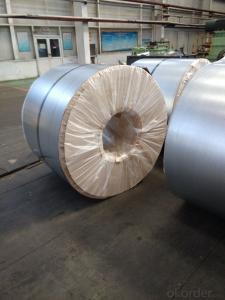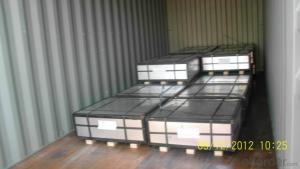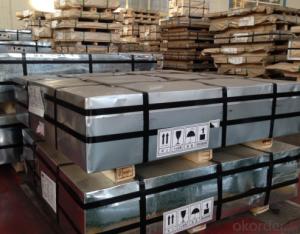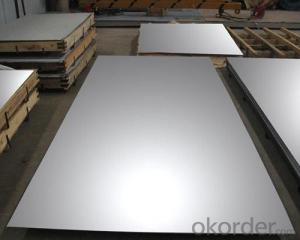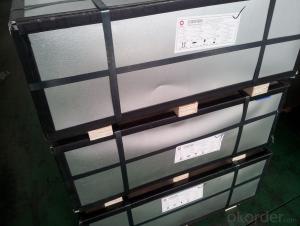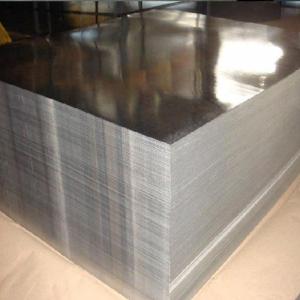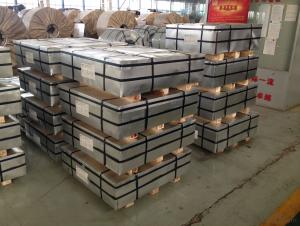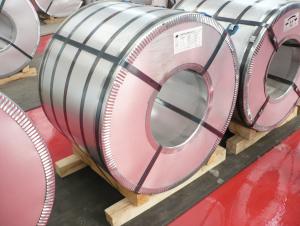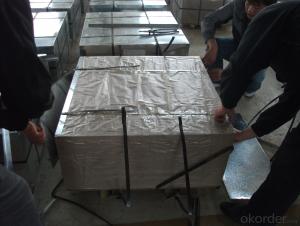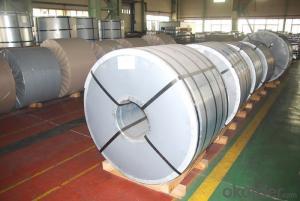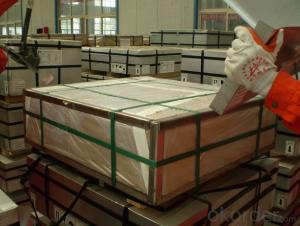Marx Tinplate Trains
Marx Tinplate Trains Related Searches
4 By 8 Plastic Sheets Thin Plastic Sheets Flexible Tinplate Coil Quotes Tinplate Iron Clear Plastic Sheets Hard Plastic Sheets 4X8 Lightweight Plastic Sheets Wavy Plastic Sheets White Plywood Sheets Poly Styrene Foam SheetsHot Searches
Tinplate China Tinplate Stock Price Tata Tinplate Price List Tinplate Price Trend Tinplate Nse Share Price Tinplate Price Chart Tinplate Share Price Nse Tata Tinplate Share Price Tinplate Share Price Today Tinplate Share Price Bse Tinplate Price Tinplate Share Price Tinplate Coil Manufacturers Tinplate Sheet Suppliers Food Mixer Sale Tinplate Factory Tinplate Production Tinplate Products Ltd Tinplate Products Tinplate Can ManufacturersMarx Tinplate Trains Supplier & Manufacturer from China
Okorder.com is a professional Marx Tinplate Trains supplier & manufacturer, offers integrated one-stop services including real-time quoting and online cargo tracking. We are funded by CNBM Group, a Fortune 500 enterprise and the largest Marx Tinplate Trains firm in China.Hot Products
FAQ
- Some common challenges faced in the production of tinplate include ensuring consistent tin coating thickness, achieving uniform surface quality, preventing oxide formation on the tin surface, maintaining proper adhesion between tin and steel, controlling tinplate flatness, and managing the overall production cost.
- Tinplate contributes to the overall reusability of packaging by being a highly durable and long-lasting material. Its resistance to corrosion and impact makes it suitable for repeated use, reducing the need for frequent replacement. Additionally, tinplate can be easily cleaned and sterilized, ensuring the safety and hygiene of the packaged goods. This reusability aspect of tinplate packaging helps to minimize waste and promote sustainable practices in the packaging industry.
- There are several advantages of using tinplate for signage. Firstly, tinplate is highly durable and long-lasting, making it ideal for outdoor signage that needs to withstand various weather conditions. Additionally, tinplate is resistant to corrosion, reducing the risk of the signage deteriorating over time. Furthermore, tinplate can be easily shaped and molded into various designs, allowing for creative and eye-catching signage. Lastly, tinplate is cost-effective compared to other materials used for signage, making it an affordable option for businesses.
- Tinplate is tested for corrosion resistance through various methods, including salt spray testing, electrochemical impedance spectroscopy, and weight loss analysis. These tests evaluate the ability of tinplate to withstand exposure to corrosive environments and provide insights into its protective properties.
- Yes, tinplate can be used for vacuum-sealed packaging. Tinplate is known for its excellent barrier properties against moisture, air, and light, making it a suitable material for sealing food and other perishable items in a vacuum-sealed environment.
- Some of the different types of tinplate closures available include twist-off caps, lug caps, crown caps, and press-on caps.
- The different closure options for tinplate packaging include twist-off lids, crown caps, pry-off tops, friction-fit closures, and lever lids.
- Some of the main technological advancements in tinplate production include the development of high-speed production lines, automated processes for coating and printing, advancements in tin coating technology for improved corrosion resistance, and the integration of digital systems for quality control and traceability. Additionally, innovations in recycling and sustainability practices have also emerged, enabling more efficient use of resources and reducing environmental impact in tinplate production.
















